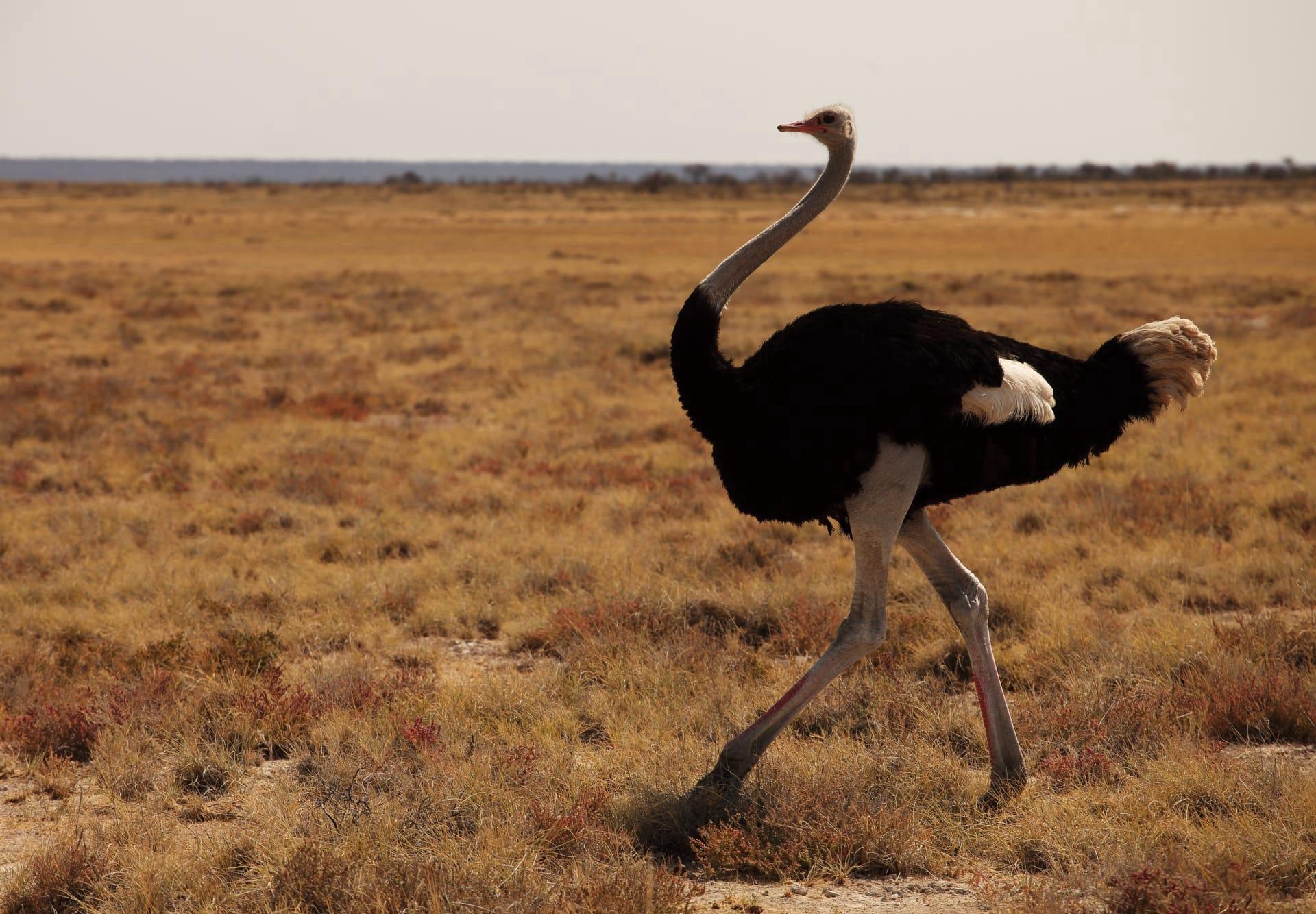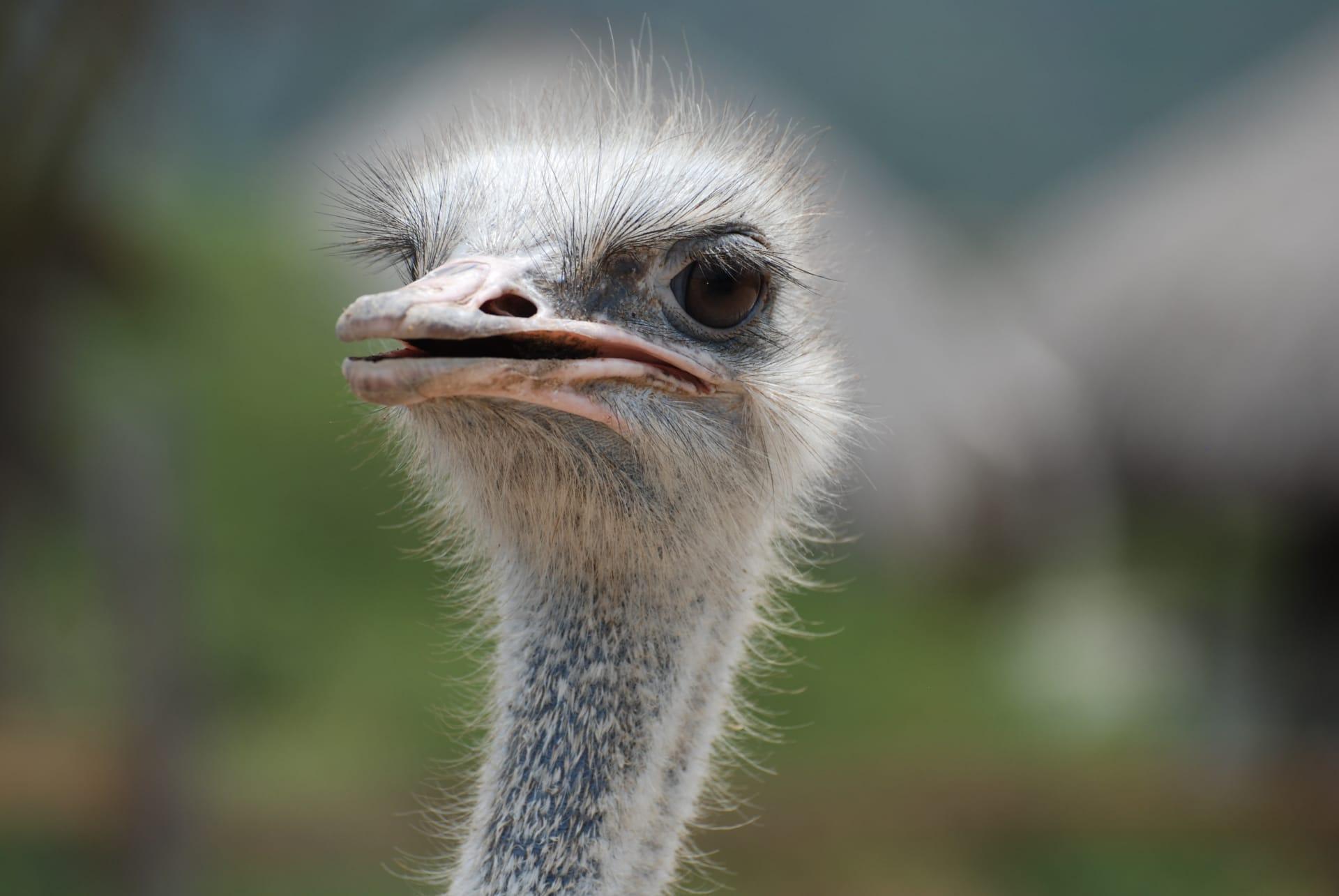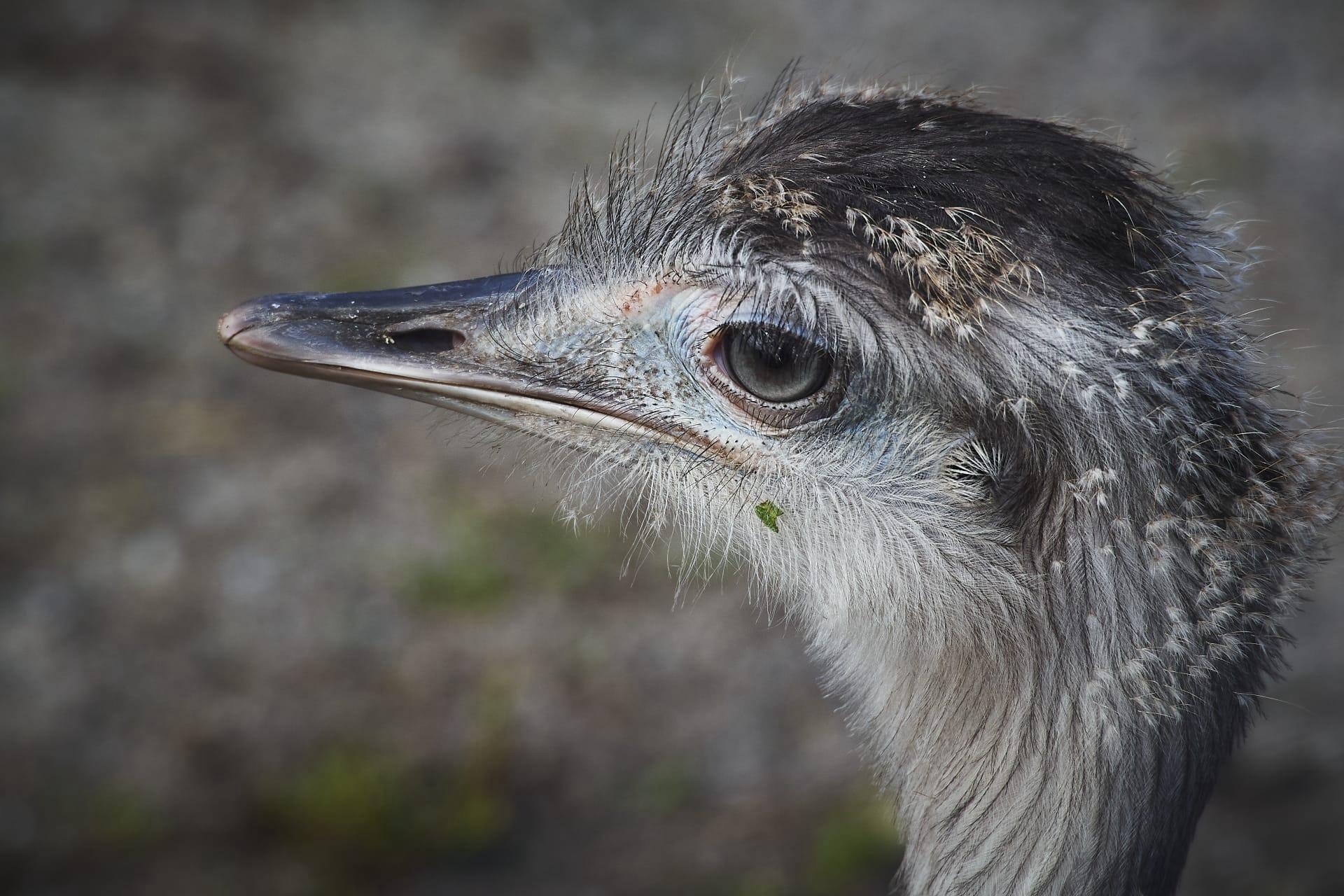1
Ostriches are the world's largest birds, and their physical stature is truly impressive. An adult ostrich can stand up to 9 feet tall and weigh as much as 320 pounds. But it's not just their size that's notable; these birds have a unique anatomy. Each ostrich has just two toes on each foot, a trait that's rare among birds. This adaptation helps them in achieving remarkable speeds. With their long legs, ostriches can reach speeds up to 45 miles per hour, making them the fastest birds on land.
Another fascinating aspect of ostriches is their eggs. An ostrich egg is the largest of any bird species, measuring about 6 inches in length and weighing around 3 pounds. That's equivalent to the size of 24 chicken eggs! The shell is so strong that an adult human can stand on it without breaking it. This strength is necessary to protect the developing chick from predators and the weight of the parent during incubation, as ostriches are known to rotate their eggs with their feet.

2
Did you know that ostriches have the largest eyes of any land animal? Each eye is roughly the size of a billiard ball, measuring about 2 inches in diameter. This gives them excellent vision, which is crucial for spotting predators like lions from great distances. Their eyes are so big that their brains are actually smaller than either one of their eyes. This exceptional eyesight plays a critical role in their survival in the wild, where early detection of threats is key.
Ostriches are also known for their unique social behavior. They live in groups that can range from 5 to 50 birds. During mating season, these groups are led by a dominant male who performs an intricate dance to attract females. The dance includes flapping wings, bowing, and kicking up dust. What's more interesting is that a single nest may contain eggs laid by multiple females, but it's the dominant male and the dominant female, known as the "main hen," who take turns incubating them. This communal nesting strategy helps in ensuring a higher survival rate for the eggs.

3
Contrary to popular belief, ostriches do not bury their heads in the sand when threatened. This myth likely arose from their defensive behavior of lying low and pressing their heads to the ground when danger approaches, which from a distance can make it look like their head is buried. In reality, this posture makes them less visible and is a form of camouflage.
Ostriches have a diverse diet, which includes plants, seeds, insects, and small animals. They are particularly fond of locusts and can eat large quantities of these insects. Interestingly, ostriches also swallow small stones and pebbles. These hard objects help in grinding up the food in their gizzard, an organ unique to birds, as ostriches lack teeth. The gizzard, with the help of these stones, effectively grinds the food, aiding in digestion.

4
One might not think of ostriches as powerful, but they have strong defensive abilities. Their primary defense mechanism is their powerful legs. Each leg can deliver a powerful kick capable of killing a potential predator, like a lion. The force behind an ostrich's kick is immense due to their strong leg muscles and the velocity they can generate.
Ostrich feathers are unique in the bird world. Unlike most birds, ostriches have loose, soft, and fluffy feathers that do not hook together like other birds. This gives them a shaggy appearance. The feathers are not waterproof but they do help in temperature regulation. The males have striking black and white coloring, which is believed to play a role in attracting mates and also in thermoregulation, while the females are predominantly brown, which aids in camouflage.

5
Ostriches have a remarkable lifespan, especially when compared to other birds. In the wild, they can live up to 30-40 years, and in captivity, some have been known to live over 50 years. This longevity is quite unusual for birds of their size.
Ostriches have a range of sounds they use for communication, including hissing, whistling, and booming. The booming sound, made by males, can be heard up to a mile away. This deep, resonant sound is used primarily during mating season to attract females and to establish dominance among males. It's a low-frequency sound, similar to the roar of a lion, which can be both surprising and impressive coming from a bird.